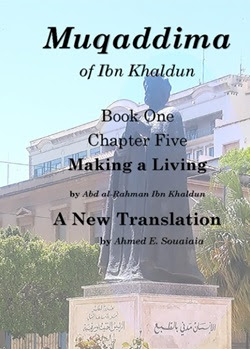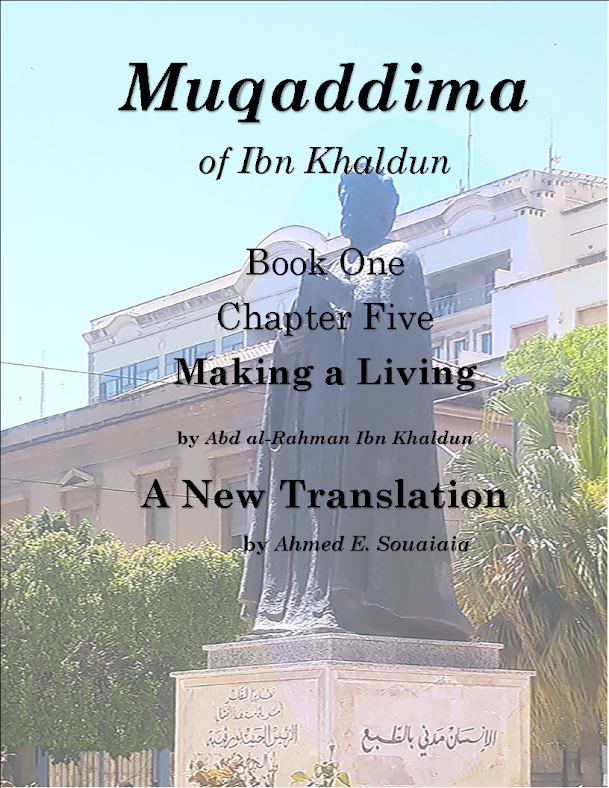The Terror Strategist: Secret Files Reveal the Structure of Islamic State
Aloof. Polite. Cajoling. Extremely attentive. Restrained. Dishonest. Inscrutable. Malicious. The rebels from northern Syria, remembering encounters with him months later, recall completely different facets of the man. But they agree on one thing: "We never knew exactly who we were sitting across from."
In fact, not even those who shot and killed him after a brief firefight in the town of Tal Rifaat on a January morning in 2014 knew the true identity of the tall man in his late fifties. They were unaware that they had killed the strategic head of the group calling itself "Islamic State" (IS). The fact that this could have happened at all was the result of a rare but fatal miscalculation by the brilliant planner. The local rebels placed the body into a refrigerator, in which they intended to bury him. Only later, when they realized how important the man was, did they lift his body out again.
Samir Abd Muhammad al-Khlifawi was the real name of the Iraqi, whose bony features were softened by a white beard. But no one knew him by that name. Even his best-known pseudonym, Haji Bakr, wasn't widely known. But that was precisely part of the plan. The former colonel in the intelligence service of Saddam Hussein's air defense force had been secretly pulling the strings at IS for years. Former members of the group had repeatedly mentioned him as one of its leading figures. Still, it was never clear what exactly his role was.
But when the architect of the Islamic State died, he left something behind that he had intended to keep strictly confidential: the blueprint for this state. It is a folder full of handwritten organizational charts, lists and schedules, which describe how a country can be gradually subjugated. SPIEGEL has gained exclusive access to the 31 pages, some consisting of several pages pasted together. They reveal a multilayered composition and directives for action, some already tested and others newly devised for the anarchical situation in Syria's rebel-held territories. In a sense, the documents are the source code of the most successful terrorist army in recent history.
Until now, much of the information about IS has come from fighters who had defected and data sets from the IS internal administration seized in Baghdad. But none of this offered an explanation for the group's meteoric rise to prominence, before air strikes in the late summer of 2014 put a stop to its triumphal march.
For the first time, the Haji Bakr documents now make it possible to reach conclusions on how the IS leadership is organized and what role former officials in the government of ex-dictator Saddam Hussein play in it. Above all, however, they show how the takeover in northern Syria was planned, making the group's later advances into Iraq possible in the first place. In addition, months of research undertaken by SPIEGEL in Syria, as well as other newly discovered records, exclusive to SPIEGEL, show that Haji Bakr's instructions were carried out meticulously.
Bakr's documents were long hidden in a tiny addition to a house in embattled northern Syria. Reports of their existence were first made by an eyewitness who had seen them in Haji Bakr's house shortly after his death. In April 2014, a single page from the file was smuggled to Turkey, where SPIEGEL was able to examine it for the first time. It only became possible to reach Tal Rifaat to evaluate the entire set of handwritten papers in November 2014.
"Our greatest concern was that these plans could fall into the wrong hands and would never have become known," said the man who has been storing Haji Bakr's notes after pulling them out from under a tall stack of boxes and blankets. The man, fearing the IS death squads, wishes to remain anonymous.
The Master Plan
The story of this collection of documents begins at a time when few had yet heard of the "Islamic State." When Iraqi national Haji Bakr traveled to Syria as part of a tiny advance party in late 2012, he had a seemingly absurd plan: IS would capture as much territory as possible in Syria. Then, using Syria as a beachhead, it would invade Iraq.
Bakr took up residence in an inconspicuous house in Tal Rifaat, north of Aleppo. The town was a good choice. In the 1980s, many of its residents had gone to work in the Gulf nations, especially Saudi Arabia. When they returned, some brought along radical convictions and contacts. In 2013, Tal Rifaat would become IS' stronghold in Aleppo Province, with hundreds of fighters stationed there.
It was there that the "Lord of the Shadows," as some called him, sketched out the structure of the Islamic State, all the way down to the local level, compiled lists relating to the gradual infiltration of villages and determined who would oversee whom. Using a ballpoint pen, he drew the chains of command in the security apparatus on stationery. Though presumably a coincidence, the stationery was from the Syrian Defense Ministry and bore the letterhead of the department in charge of accommodations and furniture.
What Bakr put on paper, page by page, with carefully outlined boxes for individual responsibilities, was nothing less than a blueprint for a takeover. It was not a manifesto of faith, but a technically precise plan for an "Islamic Intelligence State" -- a caliphate run by an organization that resembled East Germany's notorious Stasi domestic intelligence agency.

































No comments:
Write comments